805203
FK 102 Co(III) TFSI salt
Synonyme(s) :
tris(2-(1H-pyrazol-1-yl)pyridine)cobalt(III) tri[bis(trifluoromethane)sulfonimide
About This Item
Produits recommandés
Pureté
98%
Niveau de qualité
Forme
powder
Pf
194-199 °C
Chaîne SMILES
O=S([N-]S(=O)(C(F)(F)F)=O)(C(F)(F)F)=O.O=S([N-]S(=O)(C(F)(F)F)=O)(C(F)(F)F)=O.O=S([N-]S(=O)(C(F)(F)F)=O)(C(F)(F)F)=O.N1(C2=NC=CC=C2)N=CC=C1.C3(N4C=CC=N4)=CC=CC=N3.C5(N6C=CC=N6)=CC=CC=N5.[Co+3]
InChI
1S/3C8H7N3.3C2F6NO4S2.Co/c3*1-2-5-9-8(4-1)11-7-3-6-10-11;3*3-1(4,5)14(10,11)9-15(12,13)2(6,7)8;/h3*1-7H;;;;/q;;;3*-1;+3
Clé InChI
ILXRZLQXWLMDFQ-UHFFFAOYSA-N
Description générale
Application
Recommended use:
In liquid-based electrolytes: typically 0.15-0.2 M of Co(II) and ca. 0.05 M Co(II)
In solid-state photovoltaic cells: up to 10 weight % added to the hole transport material system.
Informations légales
Mention d'avertissement
Warning
Mentions de danger
Conseils de prudence
Classification des risques
Eye Irrit. 2 - Skin Irrit. 2 - STOT SE 3
Organes cibles
Respiratory system
Code de la classe de stockage
11 - Combustible Solids
Classe de danger pour l'eau (WGK)
WGK 3
Point d'éclair (°F)
Not applicable
Point d'éclair (°C)
Not applicable
Faites votre choix parmi les versions les plus récentes :
Certificats d'analyse (COA)
Vous ne trouvez pas la bonne version ?
Si vous avez besoin d'une version particulière, vous pouvez rechercher un certificat spécifique par le numéro de lot.
Déjà en possession de ce produit ?
Retrouvez la documentation relative aux produits que vous avez récemment achetés dans la Bibliothèque de documents.
Articles
Dr. Perini and Professor Correa-Baena discuss the latest research and effort to obtain higher performance and stability of perovskite materials.
Next generation solar cells have the potential to achieve conversion efficiencies beyond the Shockley-Queisser (S-Q) limit while also significantly lowering production costs.
For several decades, the need for an environmentally sustainable and commercially viable source of energy has driven extensive research aimed at achieving high efficiency power generation systems that can be manufactured at low cost.
For several decades, the need for an environmentally sustainable and commercially viable source of energy has driven extensive research aimed at achieving high efficiency power generation systems that can be manufactured at low cost.
Notre équipe de scientifiques dispose d'une expérience dans tous les secteurs de la recherche, notamment en sciences de la vie, science des matériaux, synthèse chimique, chromatographie, analyse et dans de nombreux autres domaines..
Contacter notre Service technique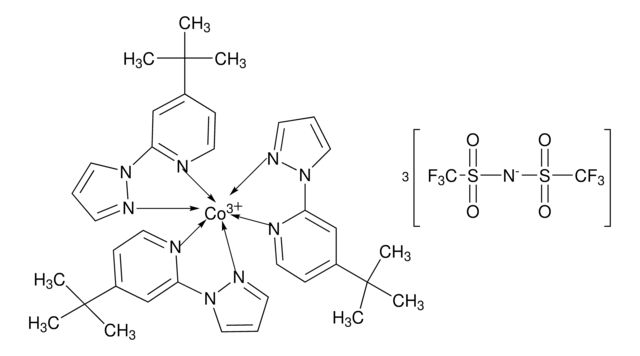

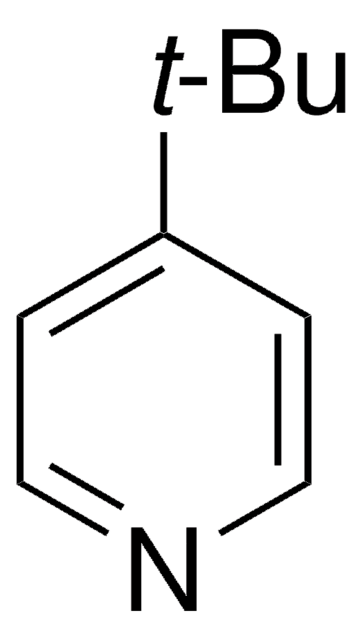

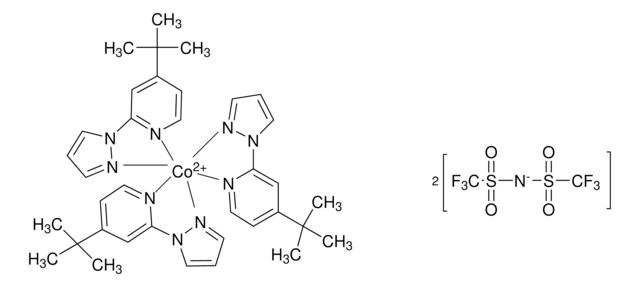
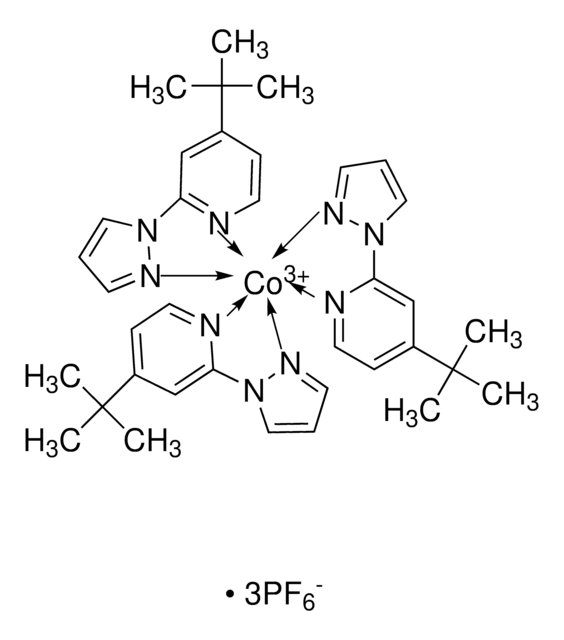
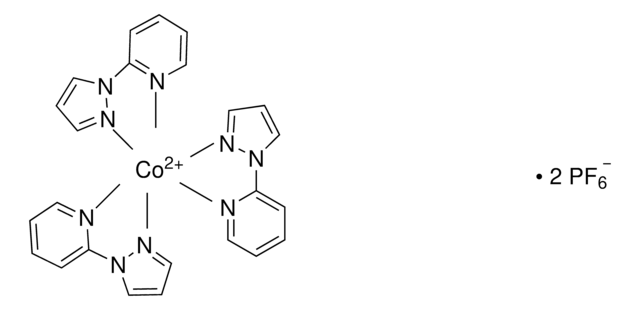
![[6,6]-Phenyl C61 butyric acid methyl ester ≥99%](/deepweb/assets/sigmaaldrich/product/structures/359/221/d990c746-0960-4c69-bf76-fe09b193824d/640/d990c746-0960-4c69-bf76-fe09b193824d.png)
